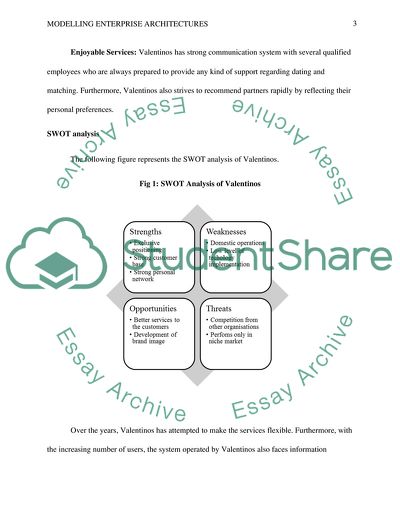Cite this document
(Modelling Enterprise Architectures Report Example | Topics and Well Written Essays - 3000 words, n.d.)
Modelling Enterprise Architectures Report Example | Topics and Well Written Essays - 3000 words. https://studentshare.org/information-technology/1809192-modelling-enterprise-architectures
Modelling Enterprise Architectures Report Example | Topics and Well Written Essays - 3000 words. https://studentshare.org/information-technology/1809192-modelling-enterprise-architectures
(Modelling Enterprise Architectures Report Example | Topics and Well Written Essays - 3000 Words)
Modelling Enterprise Architectures Report Example | Topics and Well Written Essays - 3000 Words. https://studentshare.org/information-technology/1809192-modelling-enterprise-architectures.
Modelling Enterprise Architectures Report Example | Topics and Well Written Essays - 3000 Words. https://studentshare.org/information-technology/1809192-modelling-enterprise-architectures.
“Modelling Enterprise Architectures Report Example | Topics and Well Written Essays - 3000 Words”. https://studentshare.org/information-technology/1809192-modelling-enterprise-architectures.


